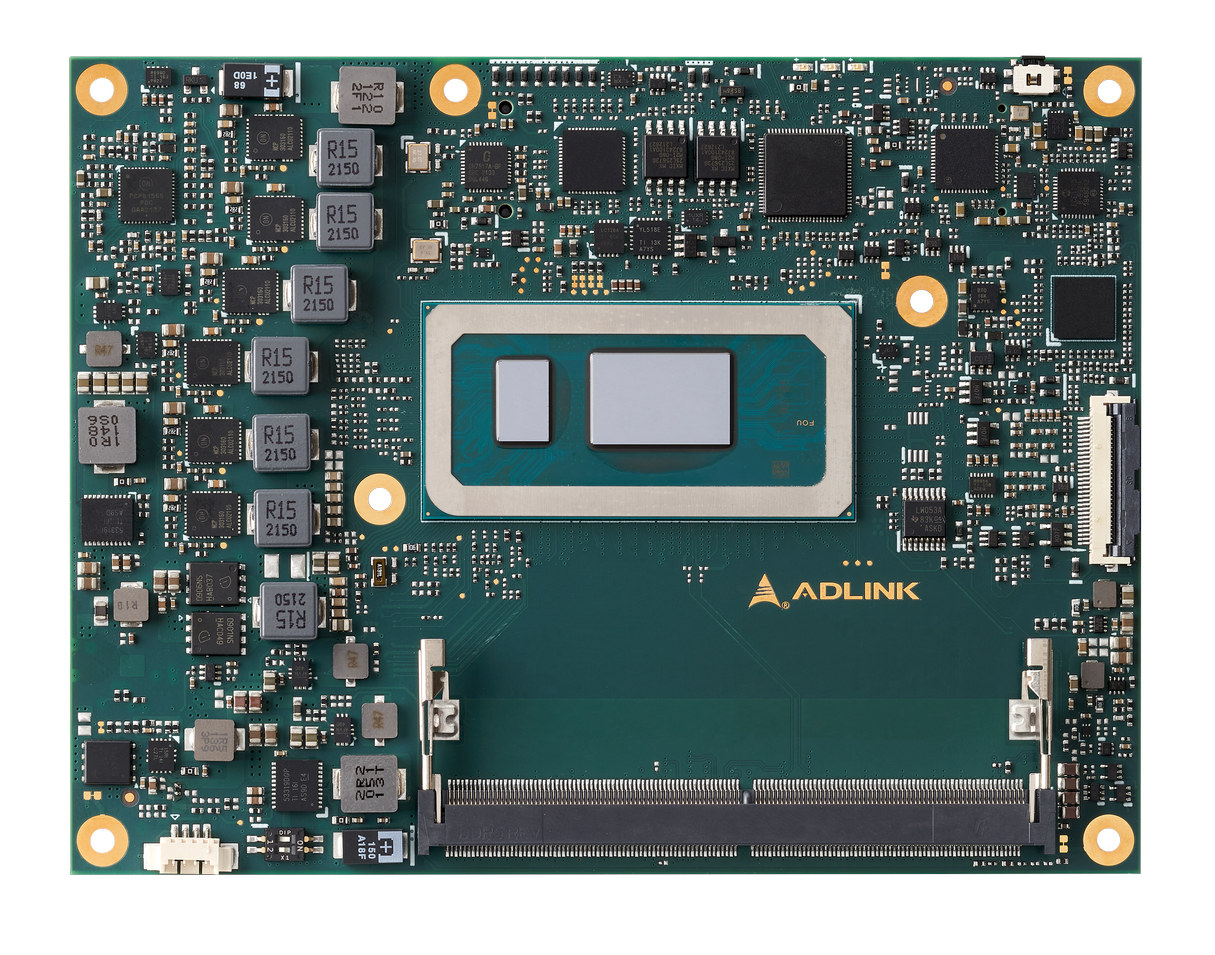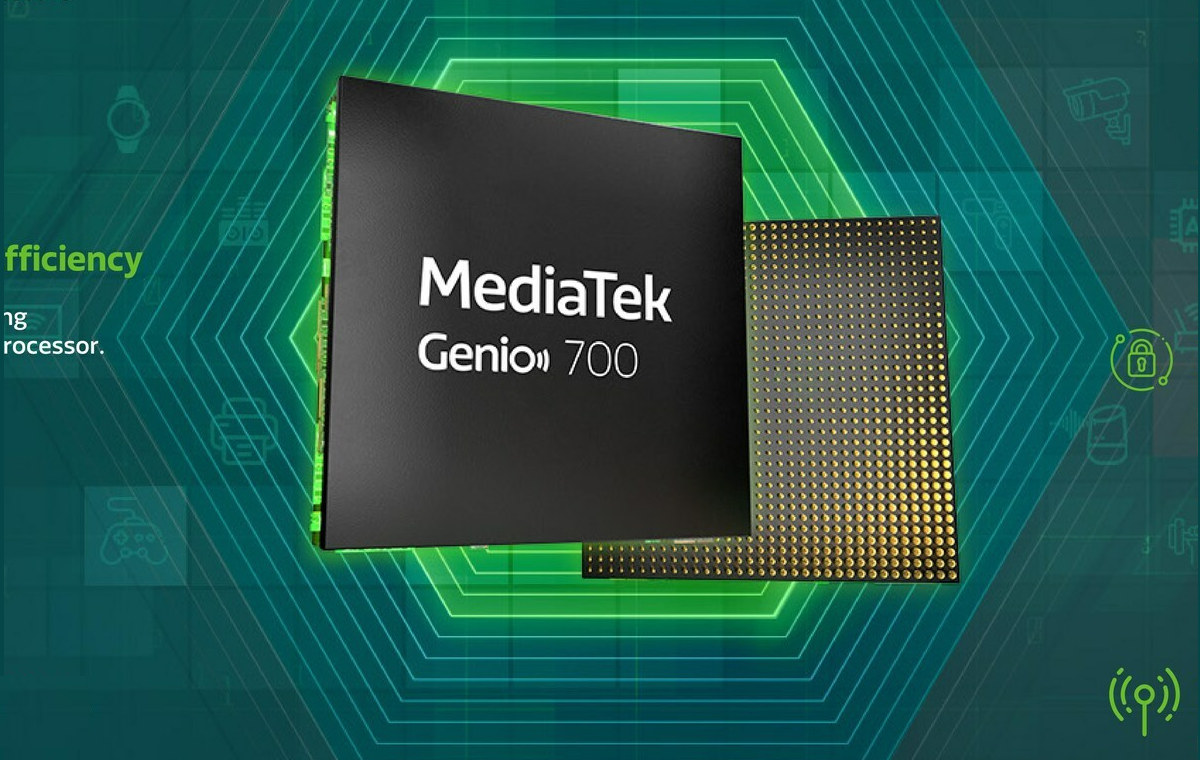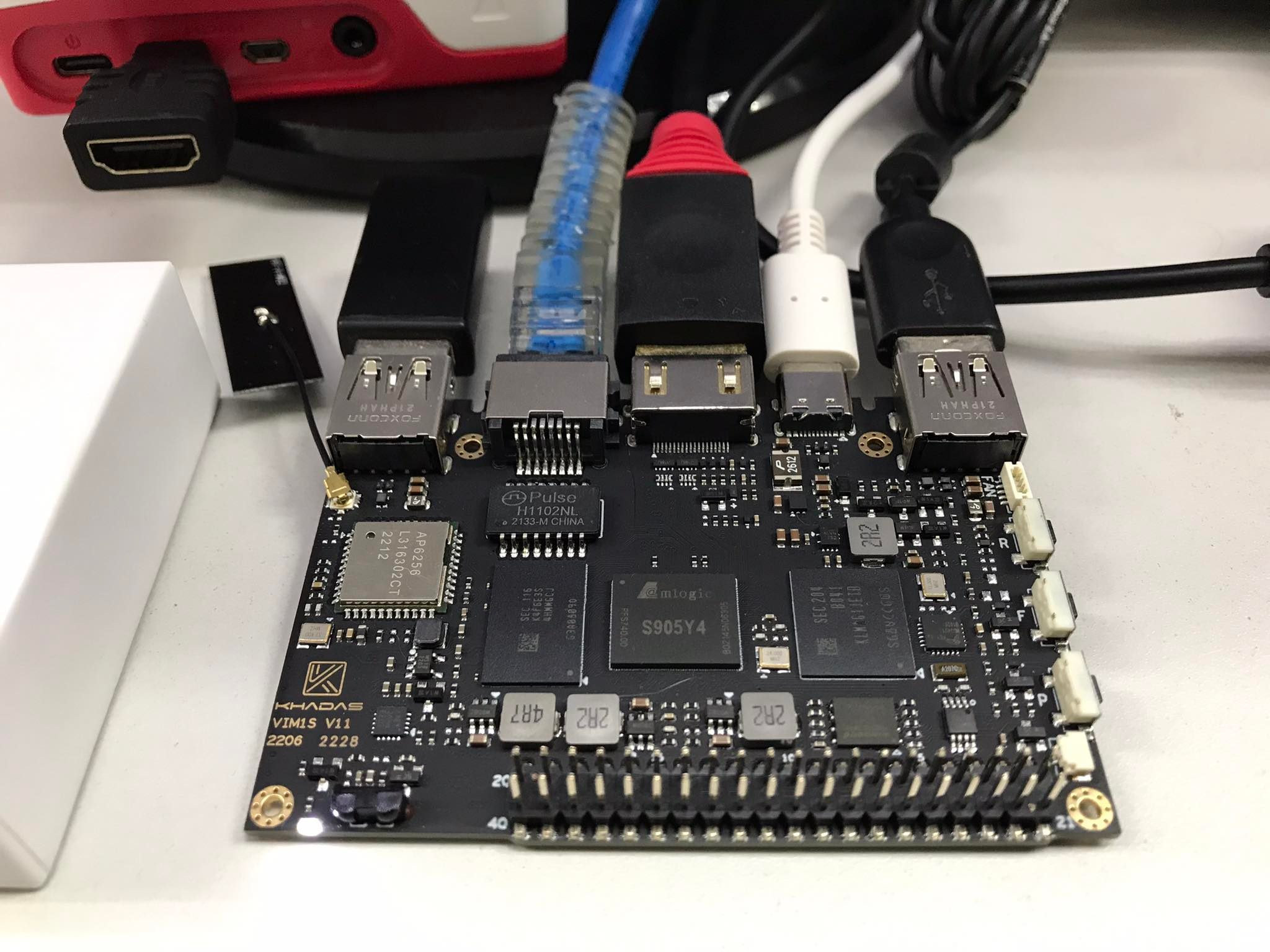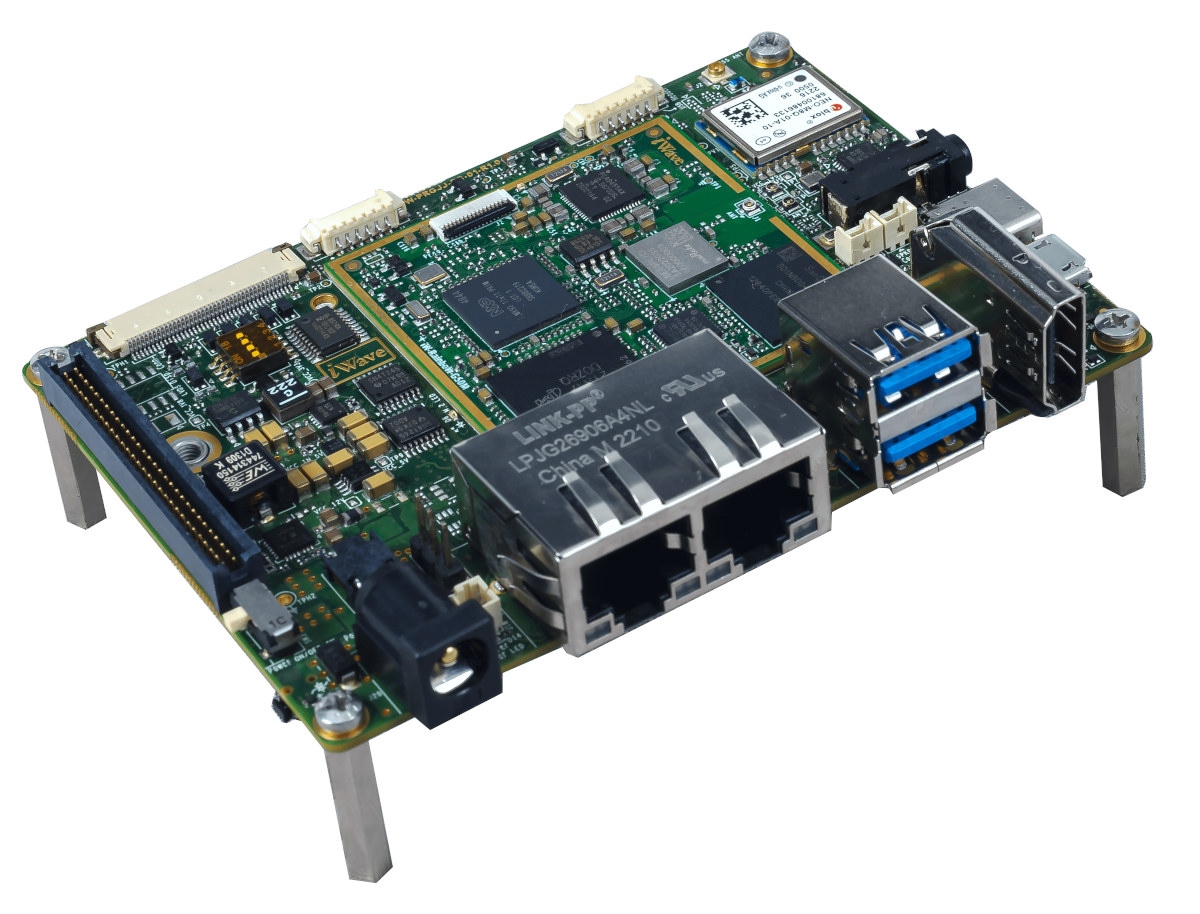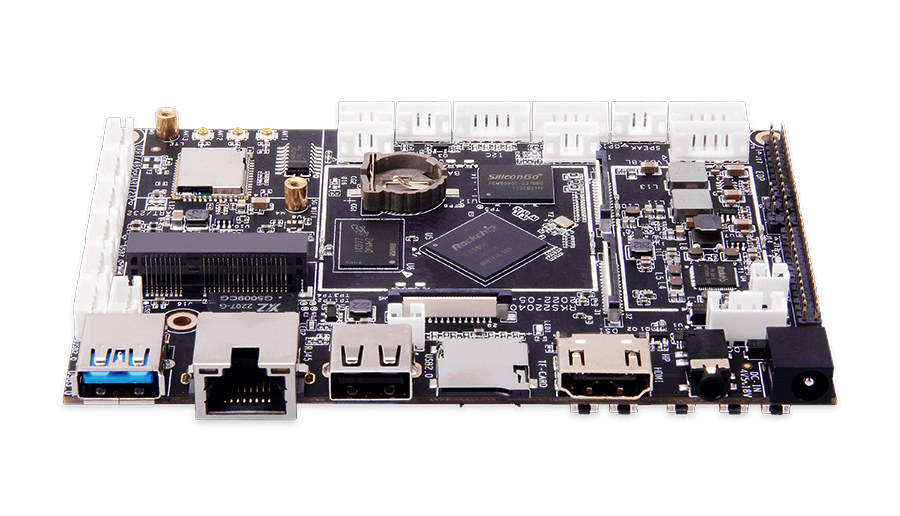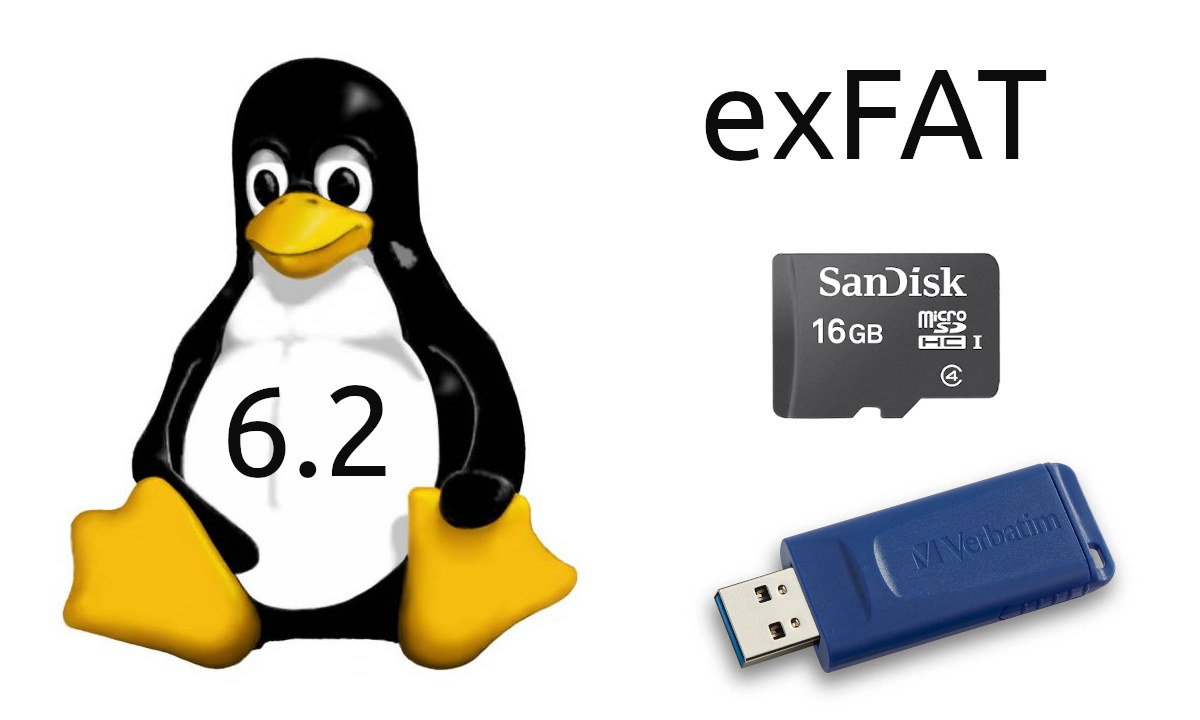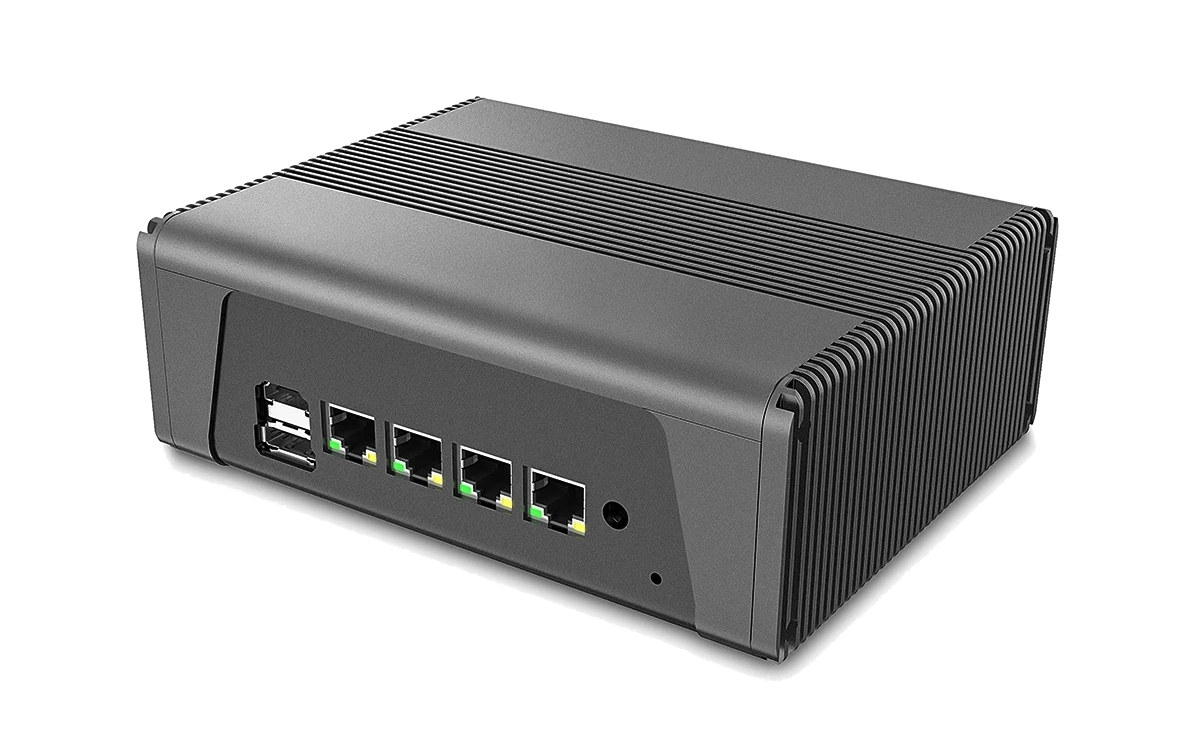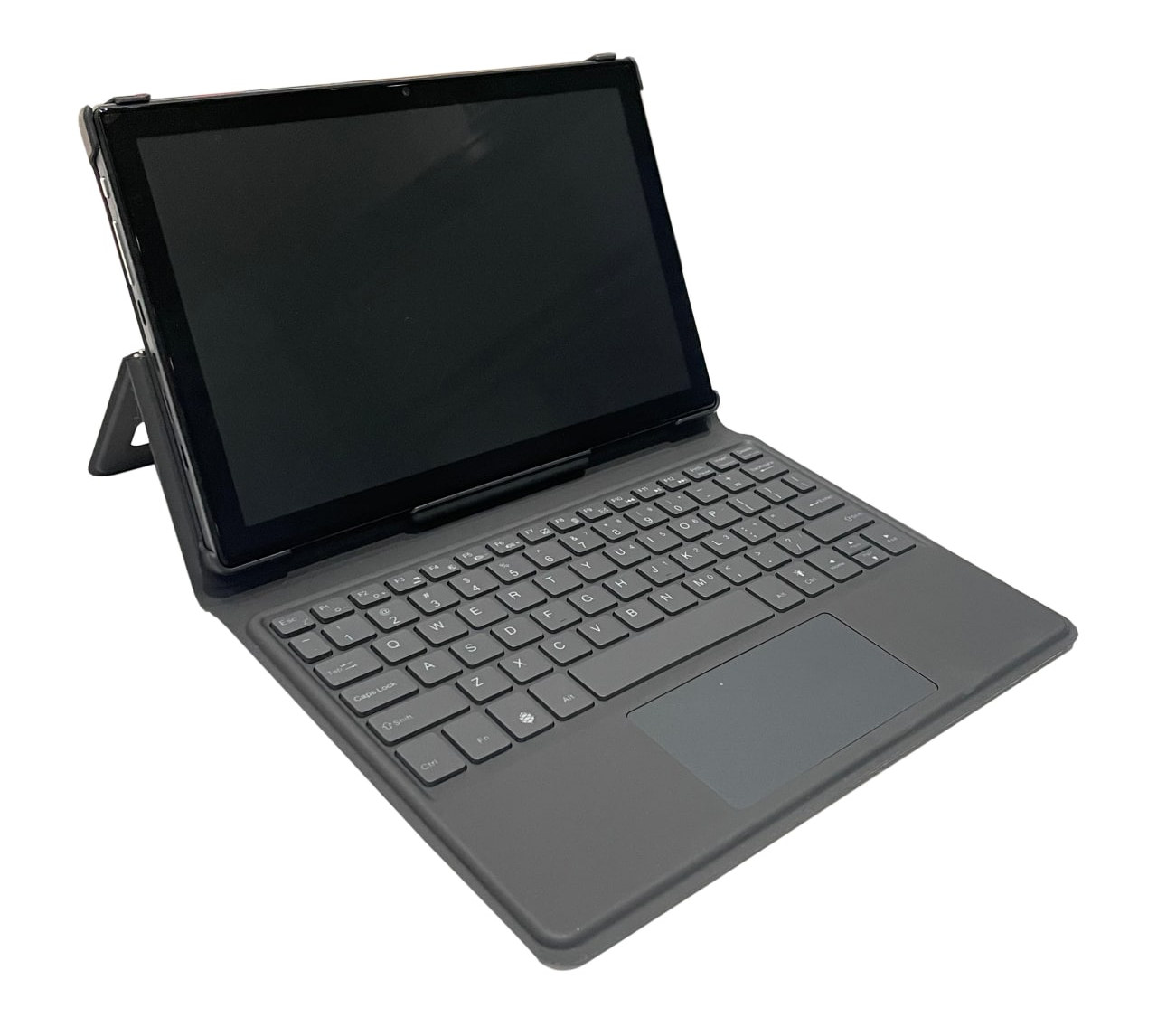ADLINK has just announced the Express-RLP COM Express Type 6 and COM-HPC-cRLS COM-HPC size C modules based on the new Intel 13th generation Raptor Lake hybrid processors with Embedded and Industrial SKUs. The Express-RLP comes with an up to 14 cores, 20 threads Raptor Lake-P processor, 64GB DDR5 SO-DIMM, and PCIe Gen4, while the COM-HPC-cRLS offers up to a 24-core Rasptor Lake-S embedded processor, 128GB DDR5 SO-DIMM, PCIe Gen5, and 2x 2.5GbE LAN. Both modules support Intel TCC, and Time Sensitive Networking (TSN), and are suitable for hard real-time computing workloads required by applications such as industrial automation, autonomous driving, AI robots, and aviation. Express-RLP Raptor Lake-P COM Express module Specifications: Raptor Lake-P SoC (one of the other) Intel Core i7-13800HRE 6P+8E cores/20 threads processor @ up to 2.5 GHz with 24MB cache, Intel Iris Xe graphics; TDP: 45W (cTDP: 35W) Intel Core i7-1370PRE 6P+8E cores/20 threads processor @ up […]
MediaTek Genio 700 Cortex-A78/A55 IoT processor targets industrial and Smart Home applications
MediaTek Genio 700 is an octa-core Arm processor with two Cortex-A78 cores, six Cortex-A55 cores, a Mali-G57 GPU, and a 4 TOPS AI accelerator designed for consumer and industrial IoT applications. The new processor is a cost-down version of the Genio 1200 premium AIoT processor introduced last year with four Cortex-A78 and four Cortex-A55 cores. The Genio 700 offers many of the same features but with lower performance/capabilities, including a 3-core GPU and an AI accelerator limited to 4.0 TOPS, as well as support for dual displays up to 4K + Full HD (instead of 2x 4K), and 32MP single cameras (instead of 48 MP). MediaTek Genio 700 specifications: CPU – Octa-core processor with 2x Cortex-A78 cores @ up to 2.2 GHz, 6x Cortex-A55 cores @ up to 2.0 GHz GPU – Arm Mali-G57 MC3 GPU VPU Encoding up to 4Kp60 with H.265/HEVC Decoding up to 4Kp75, AV1, VP9, HEVC, […]
Khadas VIM1S review – Ubuntu 22.04 tested on an Amlogic S905Y4 SBC
In this review of Khadas VIM1S SBC, we’ll install Ubuntu 22.04, and report our experience testing the performance such as memory speed and eMMC flash performance, and 3D graphics capabilities. Installing Ubuntu 22.04 on Khadas VIM1S Just like Khadas VIM4 and Edge2, the Khadas VIM1S SBC ships with the OOWOW firmware that allows easy installation of operating systems by downloading the images, and flashing them directly to the eMMC flash. You need just to connect a monitor and a USB keyboard and have an Internet connection through either LAN or Wi-Fi. Let’s start by installing Ubuntu 22.04 on Khadas VIM1S together. If no OS is installed, OOWOW will boot automatically, but if there’s already another OS installed, you can press and hold the Function button, press the Reset button, and release the Function button. After a few seconds, the OOWOW Wizard as shown in the picture below should show up. […]
Pico-ITX SBC features NXP i.MX 93 LGA system-on-module
iWave Sytems iW-RainboW-G50M is an NXP i.MX 93 OSM-L compliant LGA module with up to 2GB RAM, WiFi 5 and Bluetooth 5.2 module that is found in the company’s iW-RainboW-G50S Pico-ITX SBC designed for industrial applications. The NXP i.MX 93 single and dual-core Cortex-A55 processor with an Ethos U65 microNPU was announced in November 2021, but we had yet to see any hardware based on the new NXP i.MX 9 processor family. The iW-RainboW-G50M and iW-RainboW-G50S change that with a system-on-module and single board computer. iW-RainboW-G50M NXP i.MX 93 system-on-module Specifications: SoC (one or the other) NXP i.MX 9352 dual-core Cortex-A55 processor @ up to 1.7 GHz with Arm Cortex-M33 @ 250 MHz, 0.5 TOPS NPU NXP i.MX 9351 single-core Cortex-A55 processor @ up to 1.7 GHz with Arm Cortex-M33 @ 250 MHz, 0.5 TOPS NPU NXP i.MX 9332 dual-core Cortex-A55 processor @ up to 1.7 GHz Arm Cortex-M33 @ […]
Geniatech DS-3566 digital signage board is powered by a Rockchip RK3566 SoC
Geniatech DS-3566 is a board based on Rockchip RK3566 designed for digital signage applications with a low-profile, multiple video interfaces such as HDMI, LVDS, eDP, and MIPI DSI, and plenty of headers and connectors for expansion. The single board computer ships with up to 8GB RAM, 128GB eMMC flash, and supports Gigabit Ethernet, WiFi 5, Bluetooth 4.1, as well as cellular connectivity as an option. Some of the interfaces available through connectors include RS232, RS485, CAN Bus, I2C, SPI, etc… Geniatech DS-3566 specifications: SoC – Rockchip RK3566 quad-core Arm Cortex-A55 processor @ 1.8 GHz with Arm Mali-G52 EE GPU, 0.8 TOPS NPU System Memory – 2GB to 8GB LPDDR4 Storage – 16GB to 128GB eMMC flash, MicroSD card slot Video Interfaces 1x HDMI 2.1 up to 4Kp60 1x LVDS header and backlight header 1x eDP header and backlight header 1x 4-lane MIPI DSI connector Camera – 1x 4-lane MIPI CSI […]
Linux 6.2 exFAT update to improve performance when creating files and directories
The exFAT file system is about to get faster in Linux 6.2, at least when creating files and directories, with the performance boost especially noticeable on low-end processors. Microsoft released the exFAT specification and announced Linux support in August 2019, which was followed by a new exFAT implementation in Linux 5.7 (June 2020) from Samsung. But people are still working on improving exFAT Linux support, and Yuezhang Mo, an engineer at Sony, committed a patchset for Linux 6.2 that reduces repeated traversal of directory entries to boost the performance of exFAT: After traversing all directory entries, hint the empty directory entry no matter whether or not there are enough empty directory entries. After this commit, hint the empty directory entries like this: 1. Hint the deleted directory entries if enough; 2. Hint the deleted and unused directory entries which at the end of the cluster chain no matter whether enough […]
TopTon TP-X4F mini PC with four 2.5GbE ports features up to AMD Ryzen 7 5825U processor
TopTon TP-X4F is a mini PC and network appliance equipped with four 2.5GbE ports and powered by a choice of processors from the AMD Ryzen 5000U series up to the Ryzen 7 5825U octa-core-16-thread processor. The system supports up to 64GB RAM and up to five high-speed internal SATA or NVMe storage devices through M.2 sockets and SATA connectors and comes with three 4K display interfaces: HDMI, DisplayPort, and USB-C, as well as four USB ports. TopTon TP-X4F specifications: SoC (one or the other) Ryzen 5 5600U hexa-core/12-thread processor @ 2.3 GHz / 4.2 GHz with Radeon Vega 7 graphics @ 1.8 GHz; TDP: 10-25W (default: 15W) Ryzen 7 5800U octa-core/16-thread processor @ 1.9 GHz / 4.4 GHz with Radeon Vega 8 graphics @ 2.0 GHz; TDP: 10-25W (default: 15W) Ryzen 7 5825U octa-core/16-thread processor @ 2.0 GHz / 4.5 GHz with Radeon Vega 8 graphics @ 2.0 GHz; TDP: […]
PineTab2 Linux tablet to feature Rockchip RK3566 SoC, up to 8GB RAM, 128GB eMMC flash
The PineTab2 is an upcoming 10.1-inch Linux tablet based on the 1.8 GHz Rockchip RK3566 quad-core Cortex-A55 processor and equipped with up to 8GB RAM and 128GB eMMC flash. The new model is a clear step-up compared to the Allwinner A64-based PineTab which did not survive the supply shortage and has also gone through a complete physical redesign with a modular metal chassis that is easy to disassemble for upgrades and change parts such as the eMMC module, camera module, battery, or even the display. PineTab2 preliminary specifications: SoC – SoC – Rockchip RK3566 quad-core Arm Cortex-A55 @ up to 1.8 GHz with ARM Mali-G52 2EE GPU supporting OpenGL ES 1.1/2.0/3.2. OpenCL 2.0. Vulkan 1.1, 0.8 TOPS NPU System & Storage Option 1 – 4GB RAM, 64GB eMMC flash module Option 2 – 8GB RAM, 128GB eMMC flash module MicroSD card slot Display – 10.1-inch IPS display (other details TBC) […]


